Understanding Normality in Statistics
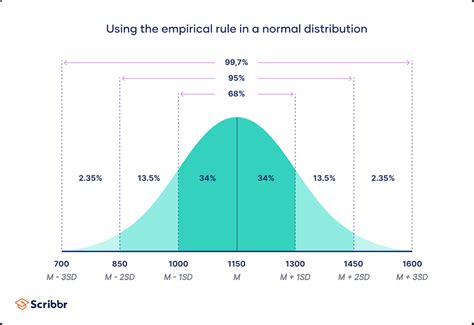
In statistics, normality refers to the assumption that a dataset follows a normal distribution, also known as a Gaussian distribution or bell curve. This distribution is characterized by its symmetrical shape, with the majority of data points clustering around the mean and tapering off gradually towards the extremes. Understanding normality is crucial in statistical analysis, as many statistical tests and models assume normality.
Normality is essential in statistics because it allows researchers to make predictions and generalizations about a population based on a sample of data. When a dataset is normally distributed, statistical tests such as t-tests, ANOVA, and regression analysis can be used to analyze the data. However, if the data is not normally distributed, alternative tests such as non-parametric tests or transformations may be necessary.
Why Check for Normality?
Checking for normality is an essential step in statistical analysis. Here are some reasons why:
- Assumption of normality: Many statistical tests assume normality, and violating this assumption can lead to incorrect conclusions.
- Data interpretation: Normality helps to identify outliers and skewness in the data, which can affect data interpretation.
- Model selection: Normality is essential for selecting the appropriate statistical model for analysis.
- Inference: Normality is necessary for making inferences about a population based on a sample of data.
Methods for Checking Normality in Excel
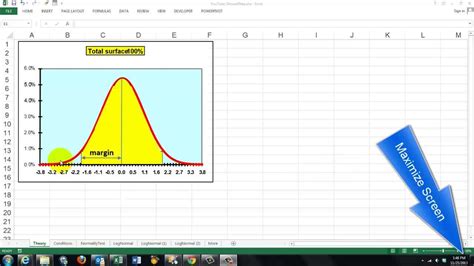
There are several methods for checking normality in Excel, including:
- Histogram: A histogram is a graphical representation of the data distribution. A normal distribution will have a symmetrical shape, with the majority of data points clustering around the mean.
- Q-Q Plot: A Q-Q plot is a graphical representation of the data distribution compared to a normal distribution. If the data is normally distributed, the points on the Q-Q plot will lie along a straight line.
- Skewness and Kurtosis: Skewness measures the asymmetry of the data distribution, while kurtosis measures the "tailedness" of the distribution. A normal distribution will have a skewness of 0 and a kurtosis of 3.
- Shapiro-Wilk Test: The Shapiro-Wilk test is a statistical test that determines whether a dataset is normally distributed.
- Anderson-Darling Test: The Anderson-Darling test is a statistical test that determines whether a dataset is normally distributed.
Step-by-Step Guide to Checking Normality in Excel
Here is a step-by-step guide to checking normality in Excel:
- Prepare your data: Ensure that your data is in a single column in Excel.
- Create a histogram: Go to the "Insert" tab, click on "Histogram", and select the data range.
- Create a Q-Q plot: Go to the "Insert" tab, click on "Q-Q Plot", and select the data range.
- Calculate skewness and kurtosis: Go to the "Formulas" tab, click on "More Functions", and select "Skewness" and "Kurtosis".
- Perform Shapiro-Wilk test: Go to the "Data" tab, click on "Data Analysis", and select "Shapiro-Wilk Test".
- Perform Anderson-Darling test: Go to the "Data" tab, click on "Data Analysis", and select "Anderson-Darling Test".
Interpreting Normality Test Results
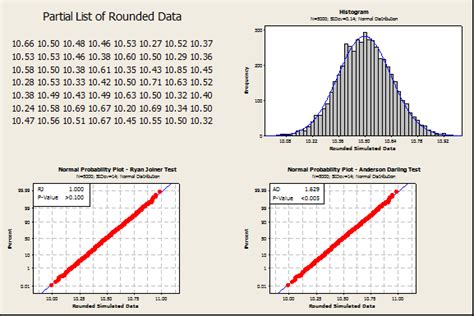
Interpreting normality test results can be challenging, but here are some general guidelines:
- Histogram: If the histogram is symmetrical and bell-shaped, the data is likely normally distributed.
- Q-Q plot: If the points on the Q-Q plot lie along a straight line, the data is likely normally distributed.
- Skewness and kurtosis: If the skewness is close to 0 and the kurtosis is close to 3, the data is likely normally distributed.
- Shapiro-Wilk test: If the p-value is greater than 0.05, the data is likely normally distributed.
- Anderson-Darling test: If the p-value is greater than 0.05, the data is likely normally distributed.
Conclusion
Checking for normality is an essential step in statistical analysis. By using the methods described in this article, you can determine whether your data is normally distributed and make informed decisions about which statistical tests to use. Remember to interpret the results of normality tests carefully and consider the limitations of each test.
Normality in Statistics Image Gallery
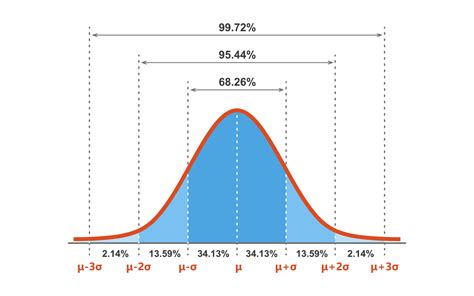
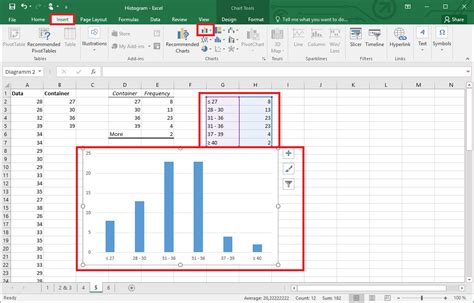
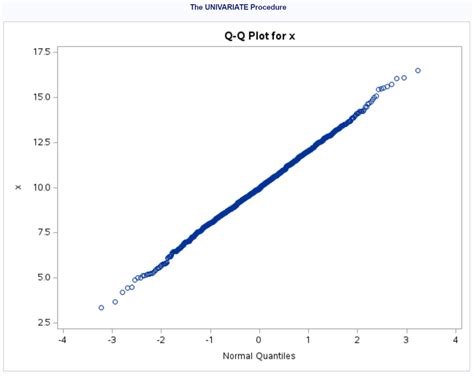
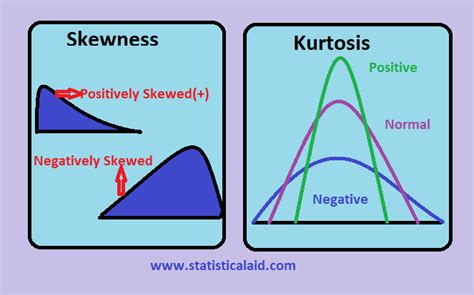
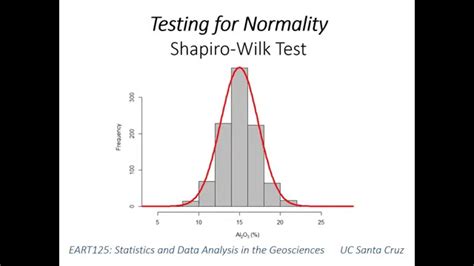
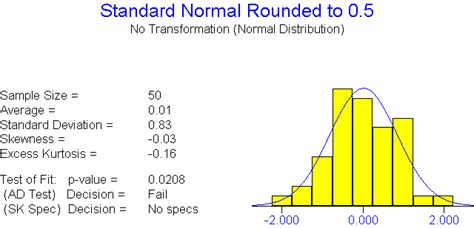
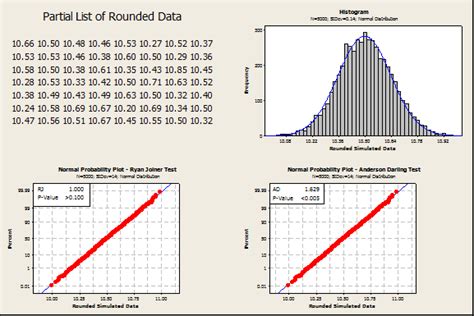

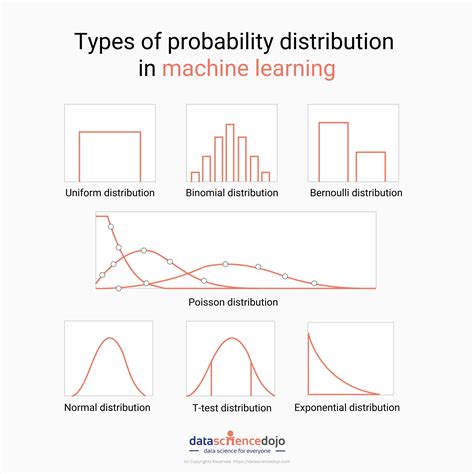
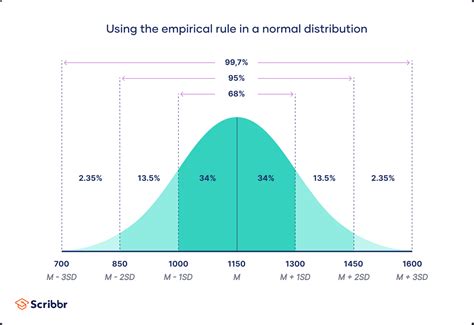
We hope this article has helped you understand normality in statistics and how to check for normality in Excel. If you have any questions or need further clarification, please leave a comment below.
